
Apostolos Tzitzikostas, the Commissioner for Sustainable Transport and Tourism, visited Rome, where he addressed the Italian Senate and delivered a keynote speech at LUISS University regarding EU infrastructure.
During his visit, Mr. Tzitzikostas held private talks with Italy’s Deputy Prime Minister and Minister of Infrastructure and Transport, Matteo Salvini, Minister of Entrepreneurship Adolfo Urso, and Rome’s Mayor Roberto Gualtieri.
He toured the National Control Center of the Italian Railway, met with Ferrovie dello Stato CEO Stefano Antonio Donnarumma, and visited the Fiumicino Airport. He also engaged with the leadership of Federturismo Confindustria and toured the Colosseum.
In his Senate address, the Commissioner discussed “the entire spectrum of infrastructure,” underscoring that “the European Commission aims to enhance the competitiveness, resilience, sustainability, intelligence, and safety of tourism and transport.”
He highlighted the initiatives he has launched in transport and tourism, labeling them as vital for Europe’s competitiveness and for Italy’s role as a leader in sustainable and digital transitions.
Mr. Tzitzikostas mentioned new EU strategies, including a high-speed rail network to link major urban centers, a developing strategy for shipping and ports, and efforts related to the automotive sector, road safety, airports, and the Trans-European Transport Network, emphasizing the need for sufficient funding from the new European budget and prioritization of cross-border projects.
At LUISS University, the Commissioner’s remarks centered on infrastructure financing, stressing that transport infrastructure is crucial for mobility, connectivity, cohesion, and competitiveness within the single market.
He identified challenges such as mobility, connectivity, supply chains, decarbonization, and digitization, stating that the Trans-European Transport Network’s completion is a key objective.
“We face significant challenges, including coordination, funding for large infrastructure projects, lengthy licensing processes, and complex cross-border contract procedures. We are addressing these with a new directive aimed at saving time and optimizing resource use,” he remarked.
Mr. Tzitzikostas noted that constructing, adapting, modernizing, and maintaining transport infrastructure involves substantial costs and investments. “We utilize resources from the ‘ESPA for Infrastructure,’ which is vital for projects where EU member states cannot fund, particularly in cross-border connections and alleviating border congestion, essential for the EU and the Trans-European Transport Network. Our goal is to maximize public resource impact while preparing for the next programming period, aiming to complete the core of the Trans-European Transport Network by 2030,” he elaborated.
He also highlighted other funding sources that member states should leverage, such as the Cohesion Fund, Recovery and Resilience Facility, and Invest EU, which support projects at various levels.
Mr. Tzitzikostas underscored the importance of high-speed railways, military mobility, and related infrastructure, which can serve both social and economic purposes as well as military needs.
“Investment in infrastructure is vital for Europe’s strategic autonomy. On July 16, the European Commission will propose the upcoming Multiannual Financial Framework. My objective is to secure predictable, long-term, and adequate funding for transport infrastructure, including military mobility. A robust, centrally managed EU funding program is necessary for consistency, cross-border execution, and strategic prioritization. We aim to enhance Europe’s safety and competitiveness, providing opportunities for young people to live, work, and travel across a united continent. By investing wisely and acting decisively together, we can create a Europe that operates smartly and sustainably,” he concluded.
In his discussions with Italian ministers, the Commissioner addressed European strategies for tourism, transport, and infrastructure, while his meeting with the Mayor of Rome focused on urban mobility projects and the sustainability of tourism, given that “Rome is one of the most touristic cities globally.” (3/6/25)
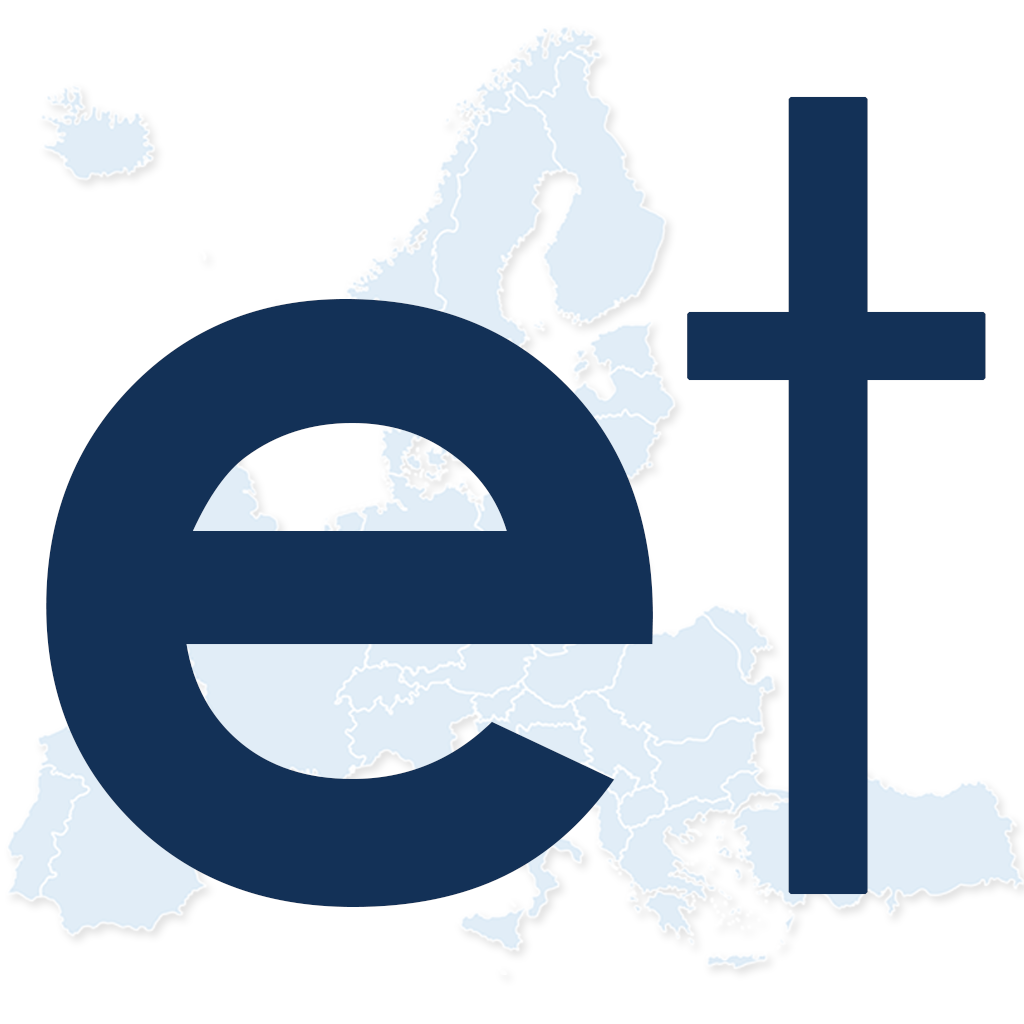


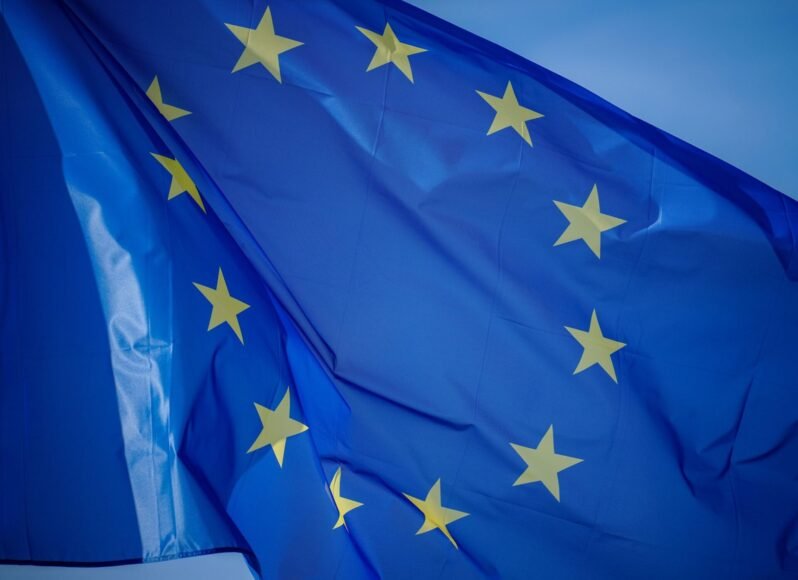


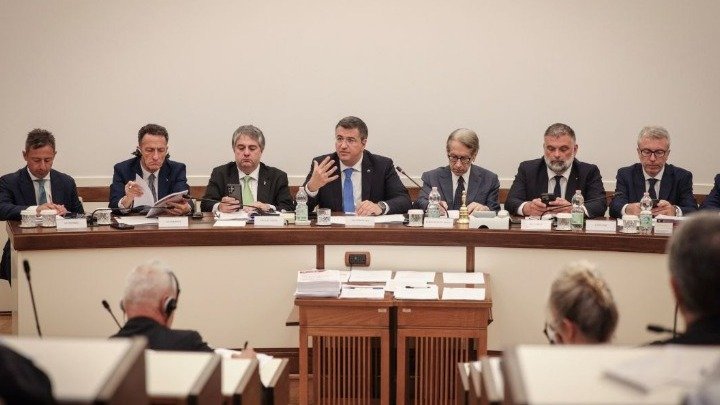
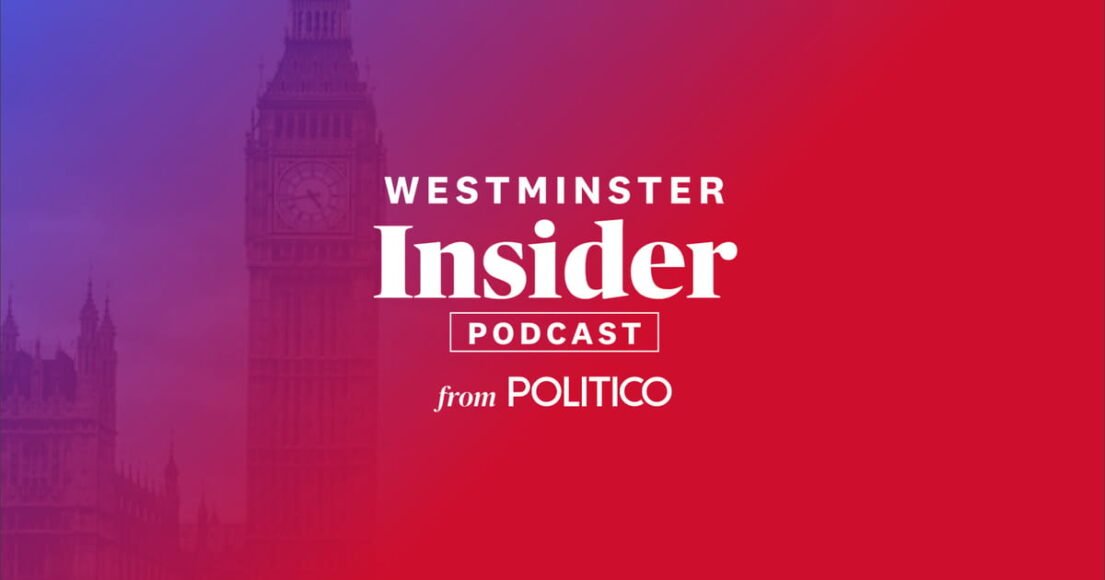

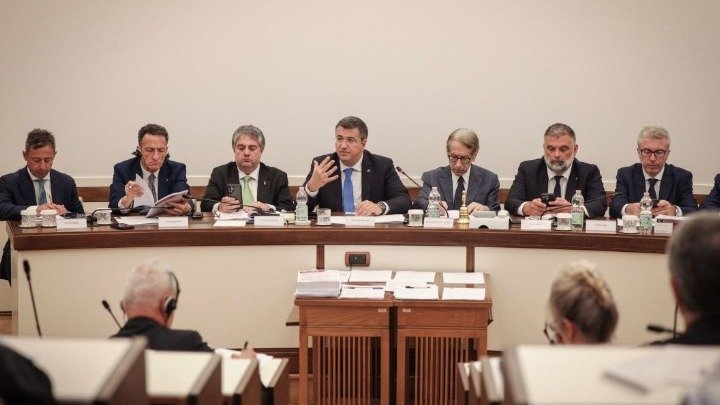
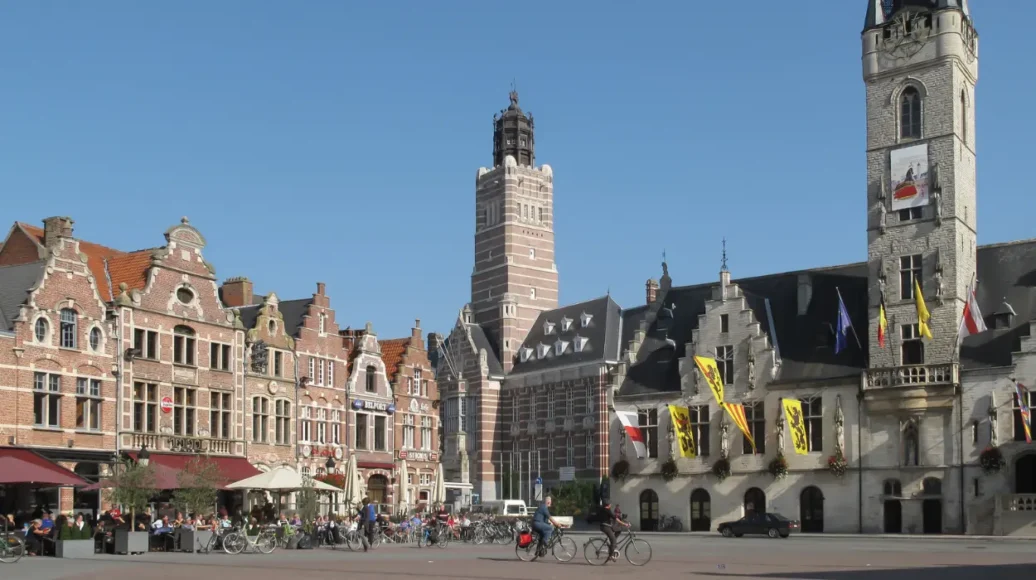
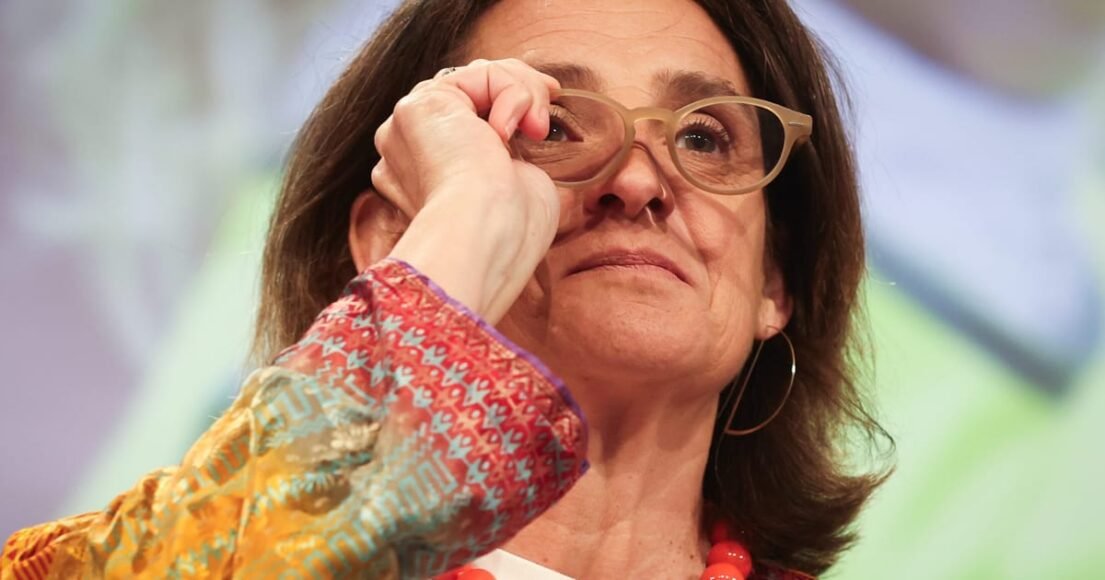
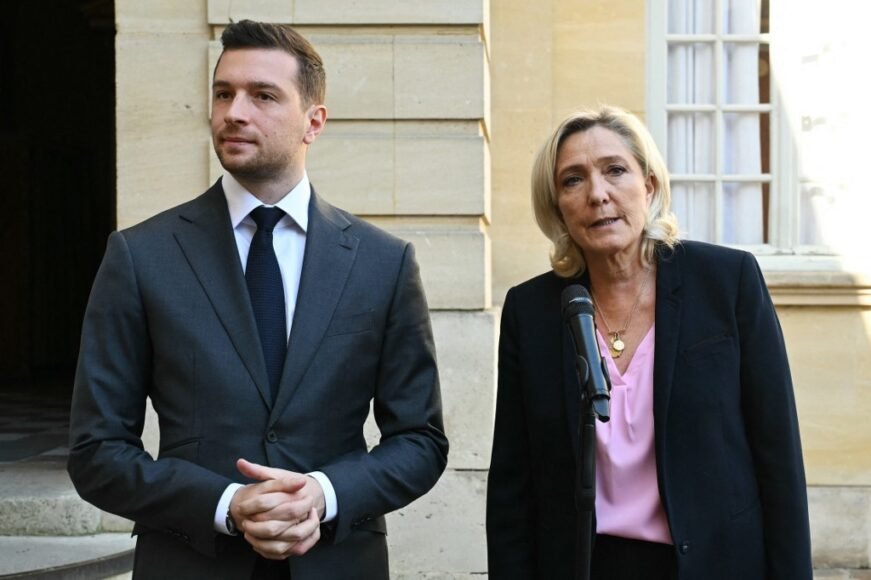
Leave a Reply